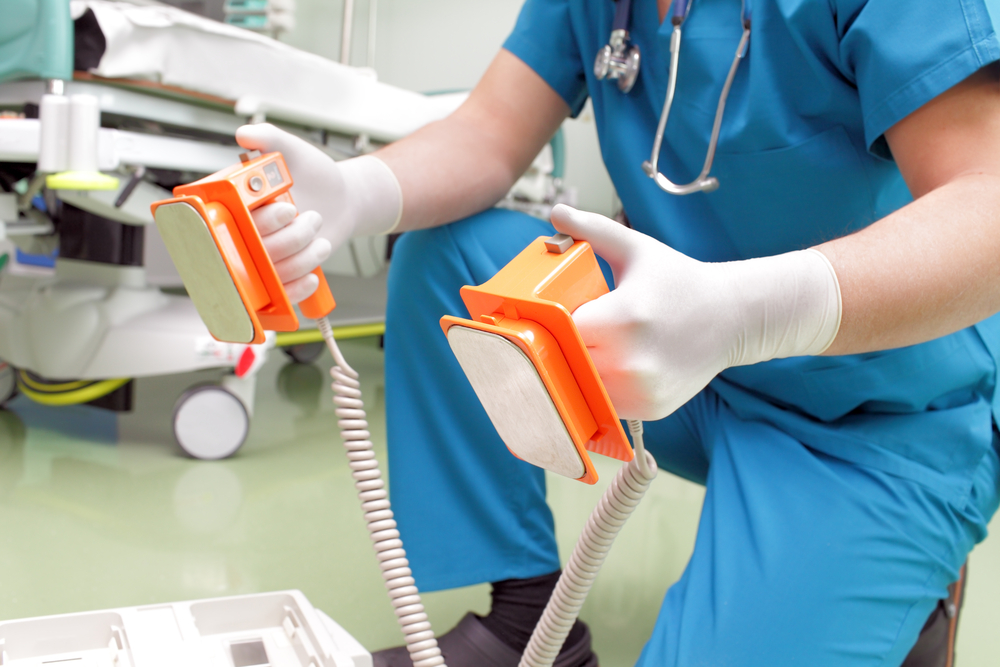 A new patient survey tool designed to assess factors that negatively impact acute heart failure patients’ self-care abilities after hospital discharge shows potential for improving patient outcomes and reducing the incidence of hospital readmissions.
A new patient survey tool designed to assess factors that negatively impact acute heart failure patients’ self-care abilities after hospital discharge shows potential for improving patient outcomes and reducing the incidence of hospital readmissions.
A paper describing the research method developed by scientists at Vanderbilt University in Nashville, Tennessee, is published online the journal in Annals of Emergency Medicine, the peer-reviewed scientific journal for the American College of Emergency Physicians — the national medical society representing emergency medicine — accompanied by patient responses shedding light on non-medical issues that often inhibit patients’ ability to care for themselves after a cardiac failure event.
The paper, entitled “Self-care Barriers Reported by Emergency Department Patients With Acute Heart Failure: A Sociotechnical Systems-Based Approach“ (Annals of Emergency Medicine, 2015; DOI: 10.1016/j.annemergmed.2014.12.031), is coauthored by Richard J. Holden, Christiane C. Schubert, Eugene C. Eiland, Alan B. Storrow, Karen F. Miller, and Sean P. Collins, who say their study objective was to pilot-test a sociotechnical systems-based instrument for assessing both the prevalence and nature of self-care barriers reported by patients showing up at hospital emergency departments (ED) with acute heart failure.
To that end, the scientists developed a semi-structured instrument for measuring self-reported self-care barriers that was field-administered to 31 ED patients diagnosed with acute heart failure by ED clinicians and nonclinician researchers. Responses collected were then analyzed by applying descriptive statistics and qualitative content analysis. Feasibility was also assessed by examining cooperation rates for participants, instrument completion times, item nonresponse, and data yield.
The researchers found that out of 47 distinct self-care barriers assessed, a median of 15 per patient were assessed to be either sometimes or often present. Thirty-four specific barriers were reported by more than 25 percent of patients and nine reported by more than 50 percent. Barrier sources included the patient his or herself, the nature of self-care tasks, tools and technologies, as well as organizational, social, and physical contexts. Seven of the top ten most prevalent barriers were related to patient characteristics, with the next 3 attributed to an organizational context (eg, life disruptions).
The top 10 most prevalent barriers cited included:
- Co-morbidities
- Physical disability
- Degree of sickness
- Feeling frustrated
- Knowledge about disease
- Functional limitations
- Memory and attention deficits
- Special occasions (minor disruptions)
- Lack of control
- Disruptions (major disruptions)
Other factors frequently mentioned as inhibitions to self-care ability were weather, physical obstacles, and food culture incompatible with dietary restrictions. The researchers observed that some of these barriers tend to compound one another, such as for a patient who was sick but also a caregiver for others and working full time as well, leaving precious little time to care for herself.
The coauthors say a preliminary feasibility assessment found few item nonresponses or comprehension difficulties encountered in the survey, along with good cooperation, and high data yield from both closed- and open-ended items, and also identified opportunities to reduce median administration time and variability.
They conclude that an instrument for assessing self-care barriers from multiple system sources can be feasibly implemented in emergency departments, but say further research is required to modify the instrument for widespread use and evaluate its implementation across institutions and cultural contexts, but that provisionally self-care barrier measurement can be one component of broader inquiry into the distributed health-related work activity of patients, caregivers, and clinicians.
 “In order to reduce the number of patients returning to the emergency department for heart failure exacerbations, we need a better handle on what they can and cannot do for themselves after hospital discharge and why,” says study lead author Richard Holden, PhD of Indiana University in Indianapolis, Indiana, noting that “More than three-quarters of acute heart failure patients in the ER are experiencing exacerbation of their condition, not something new. Many of those exacerbations are the result of self-care challenges, including inadequate access to medications or lack of knowledge, which theoretically can be modified for the better.”
“In order to reduce the number of patients returning to the emergency department for heart failure exacerbations, we need a better handle on what they can and cannot do for themselves after hospital discharge and why,” says study lead author Richard Holden, PhD of Indiana University in Indianapolis, Indiana, noting that “More than three-quarters of acute heart failure patients in the ER are experiencing exacerbation of their condition, not something new. Many of those exacerbations are the result of self-care challenges, including inadequate access to medications or lack of knowledge, which theoretically can be modified for the better.”
“The first step in addressing these barriers is to develop a focused, valid and feasible measurement instrument for self-care barriers in the ER,” Dr. Holden continues. “The social determinants of health, along with factors such as poverty and a lack of transportation, must be addressed in order to improve the ER bounce-back rate for acute heart failure patients.”
For more information, visit:
http://www.acep.org
Sources:
American College of Emergency Physicians (ACEP)
Annals of Emergency Medicine
Vanderbilt University


